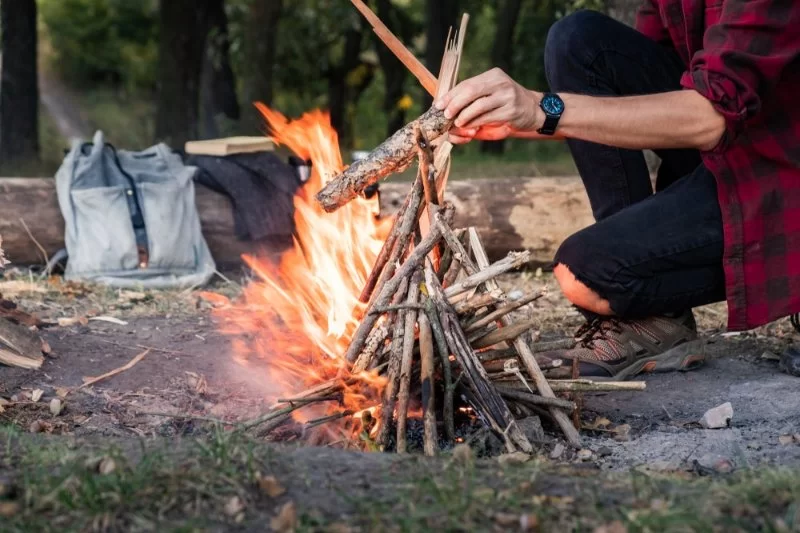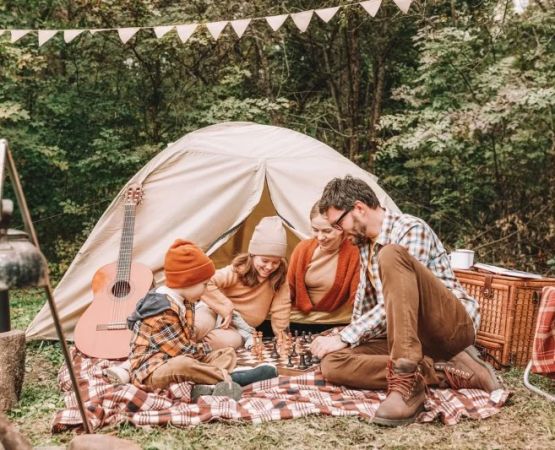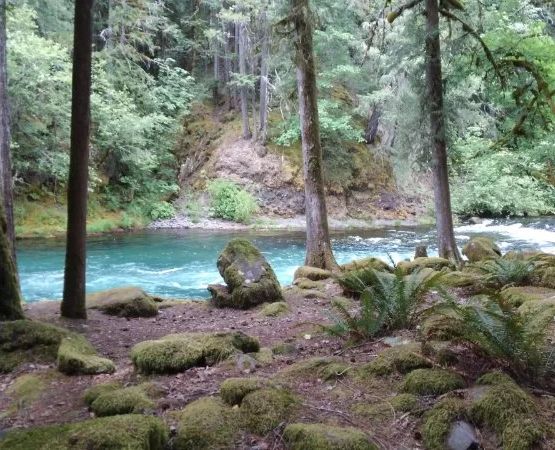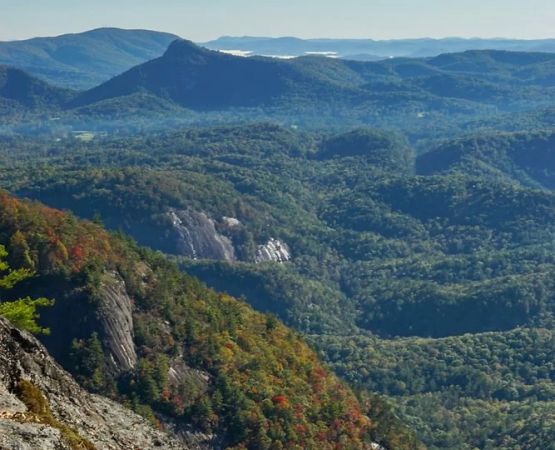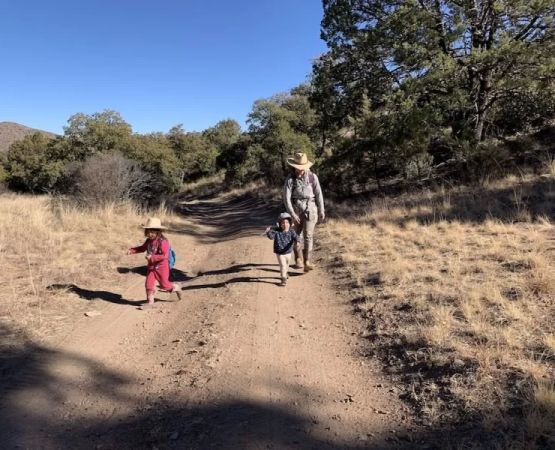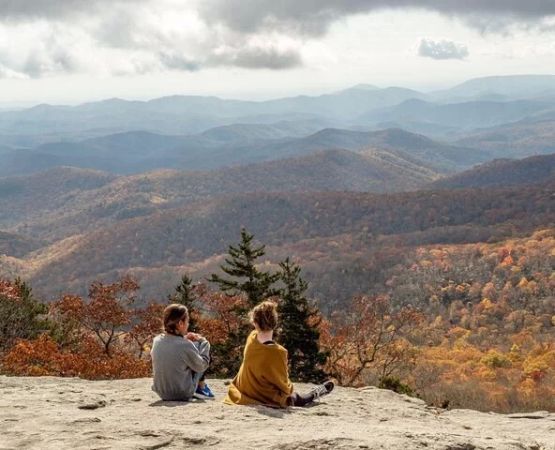- 1 - Understanding Wildfire Risks in Camping Areas
- 2 - Pre-Trip Preparation and Research
- 3 - On-Site Safety Practices to Reduce Risks
- 4 - Creating an Emergency Evacuation Plan
- 5 - Real-Life Examples of Wildfire Encounters While Camping
- 6 - Trusted Resources and Where to Find Reliable Gear
1. Understanding Wildfire Risks in Camping Areas
Wildfires are a natural part of many ecosystems, but they pose serious risks for campers. Understanding local fire danger ratings, seasonal conditions, and recent fire activity is the first step to ensuring your safety. Areas with dry vegetation, high winds, and drought conditions are especially prone to sudden wildfires. Being informed helps you make smarter choices when selecting a campsite and planning your trip.
2. Pre-Trip Preparation and Research
Before heading out, check official wildfire reports, local ranger stations, and weather forecasts. Pack essential items like a fire-resistant blanket, N95 masks for smoke, and a first aid kit. Make sure your vehicle has a full tank of gas in case you need to evacuate quickly. Bringing a portable radio or satellite communicator can also provide crucial updates if cell service fails. Preparing these basics in advance can make a life-saving difference.
3. On-Site Safety Practices to Reduce Risks
While camping, minimize fire hazards by keeping your campfire small, never leaving it unattended, and fully extinguishing it before leaving the site. Set up camp away from dry brush and ensure tents and gear are placed with an escape route in mind. Always have water or sand nearby to douse sparks. Practicing fire-safe habits not only protects you but also helps preserve the environment for future campers.
4. Creating an Emergency Evacuation Plan
Every camping group should have a clear wildfire evacuation strategy. Identify multiple escape routes from your campsite and familiarize yourself with nearby roads and landmarks. Agree on a meeting point in case members of your group get separated. In emergencies, smoke can reduce visibility, so staying calm and sticking to the plan is vital. An evacuation kit with essentials—water, snacks, headlamps, and ID—should always be within easy reach.
5. Real-Life Examples of Wildfire Encounters While Camping
In 2021, a family camping in California’s Sierra Nevada had only minutes to evacuate when strong winds pushed a wildfire toward their campsite. Because they had rehearsed an evacuation plan, they quickly gathered their gear and escaped safely. In contrast, hikers caught unprepared in another incident faced dangerous conditions due to panic and lack of planning. These stories highlight the importance of readiness and calm decision-making in critical moments.
6. Trusted Resources and Where to Find Reliable Gear
Investing in high-quality gear designed for emergency preparedness is essential. At Pine Cliff Resort, you can find reliable camping equipment, fire safety tools, and outdoor essentials that support both adventure and safety. Preparing with trusted gear gives peace of mind, ensuring you are ready for the unexpected while still enjoying the beauty of nature.
Learning how to prepare for a wildfire while camping isn’t about fear—it’s about responsibility and awareness. With careful planning, practical gear, and a proactive mindset, you can enjoy the wilderness while staying safe in the face of unpredictable conditions.

